The table below guides you to a handful of stars visible without a telescope. Zeta Puppis tops the list as the hottest star naked-eye observers can see. R Cassiopeiae is truly an extreme star, taking top ranking as both the coolest (1/3 the surface temperature of our Sun) and the largest. Exchanged with our Sun, R Cassiopeiae would engulf all the planets except Uranus, Neptune, and Pluto. And S Carinae, the most distant naked-eye star at 12,000 light-years away, is a Mira-type variable star that brightens to magnitude 5.6.
There’s one other object on the list, but it’s no longer visible. Still, its incredible distance when it was visible — 2.5 million light-years — establishes its extreme-star credentials. In 1885, the light from a star that exploded in our neighboring galaxy, M31, finally reached Earth.
Astronomers gave it a standard variable star designation, S Andromedae, but had no idea how far away it was. The scientific concepts of an event as violent as a supernova, of the vast gulf between our Milky Way and M31, and even of galaxies themselves wouldn’t exist until the 20th century’s opening decades.
| Naked-eye extreme stars | ||||||
|---|---|---|---|---|---|---|
| Record | Name | R.A.* | Dec.* | Distance | Mag. | Note |
| Hottest | Zeta (ζ) Puppis | 8h03m35s | –40° 00′ 11″ | 1,400 light-years | 2.2 | Surface temperature: 42,000 K — 7 times hotter than the Sun; 20 times the Sun’s size; 60 times the Sun’s mass; 800,000 times the Sun’s brightness. |
| Coolest and largest | R Cassiopeiae | 23h58m25s | 51° 23′ 19″ | 350 light-years | 4.8 | Surface temperature: 2,000 K — 1/3 the Sun’s; 1,800 times the Sun’s size; would extend nearly to orbit of Uranus; Variable star; mag. 4.8 is its brightest. |
| Farthest | S Carinae | 10h09m22s | –61° 32′ 56″ | 12,000 light-years | 5.6 | Variable star; 5.6 is the brightest it gets. |
| Farthest | S Andromedae | 0h42m43s | 41° 16′ 04″ | 2.5 million light-years | 6.0 | Supernova in M31 (SN 1885, no longer visible — although you can see its galaxy) |
** Declination is the celestial equivalent of latitude.


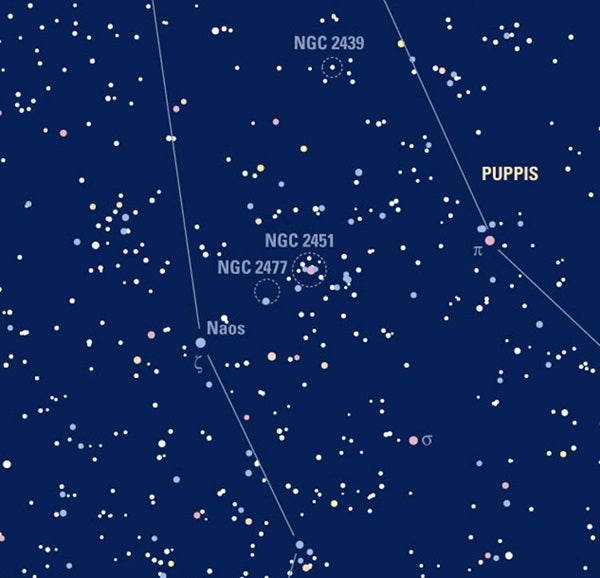
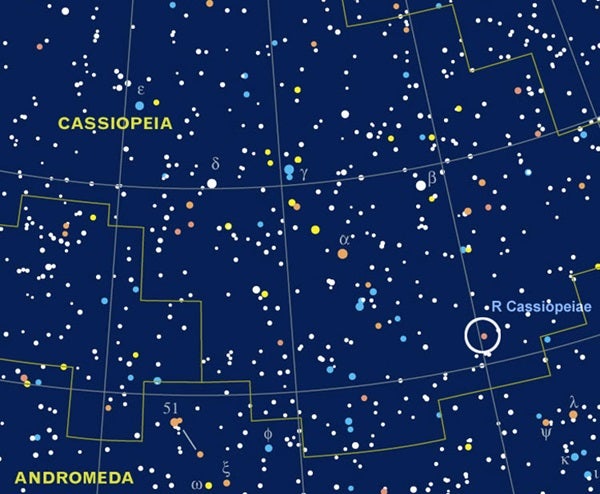
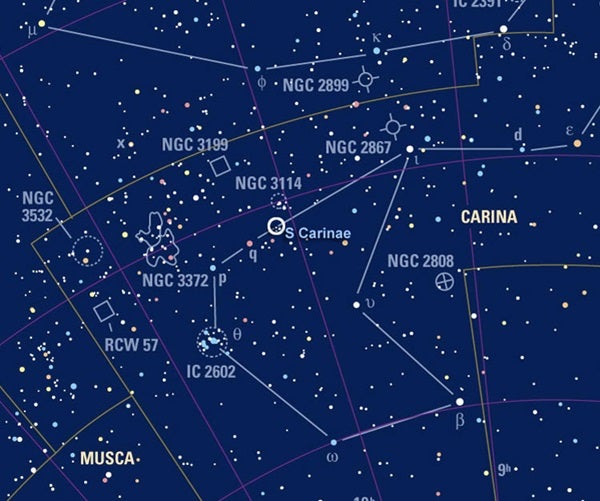
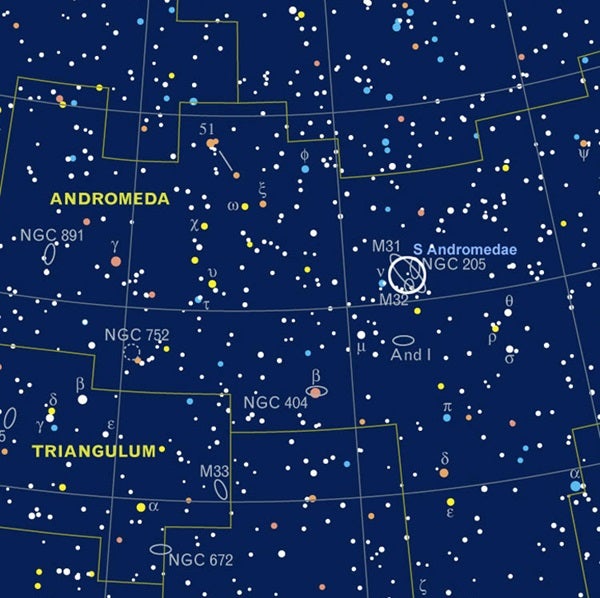


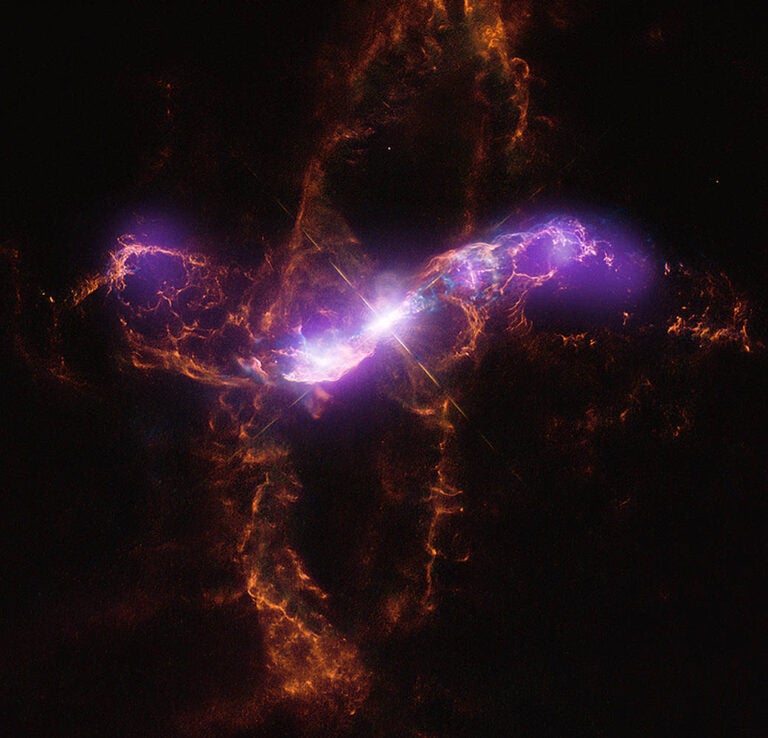
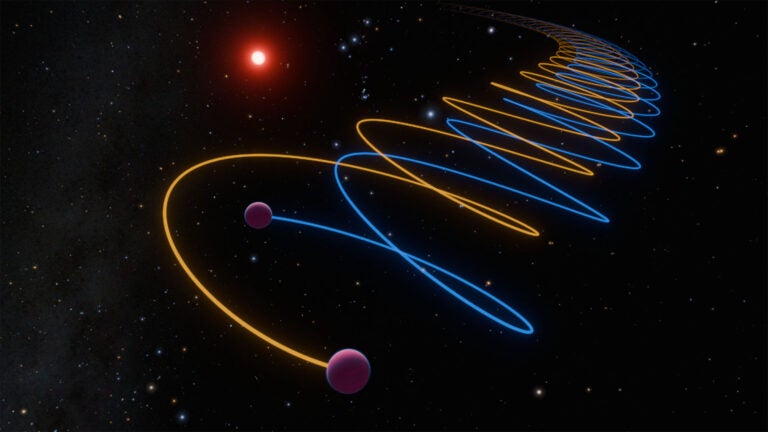
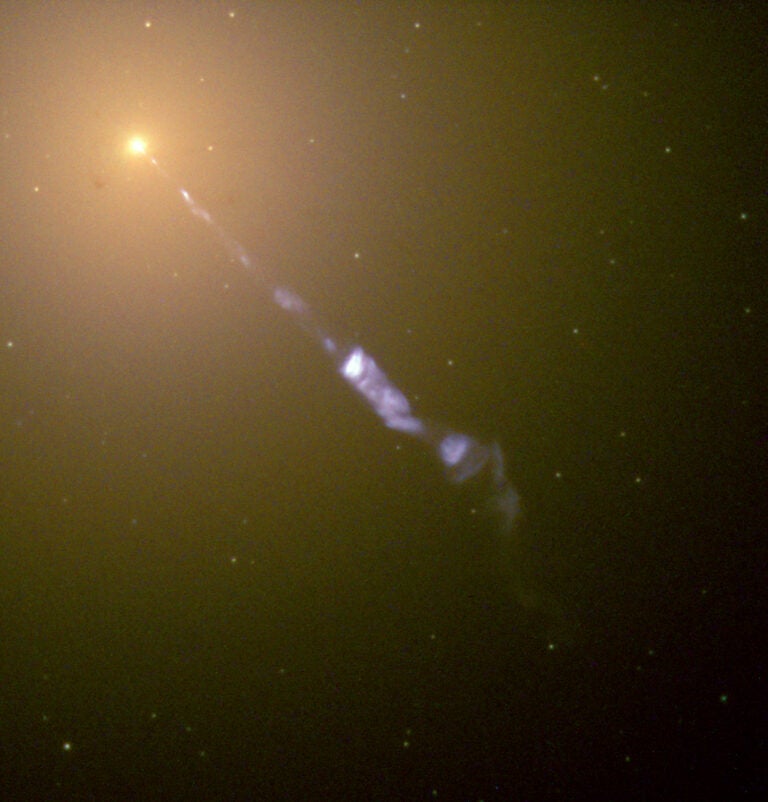
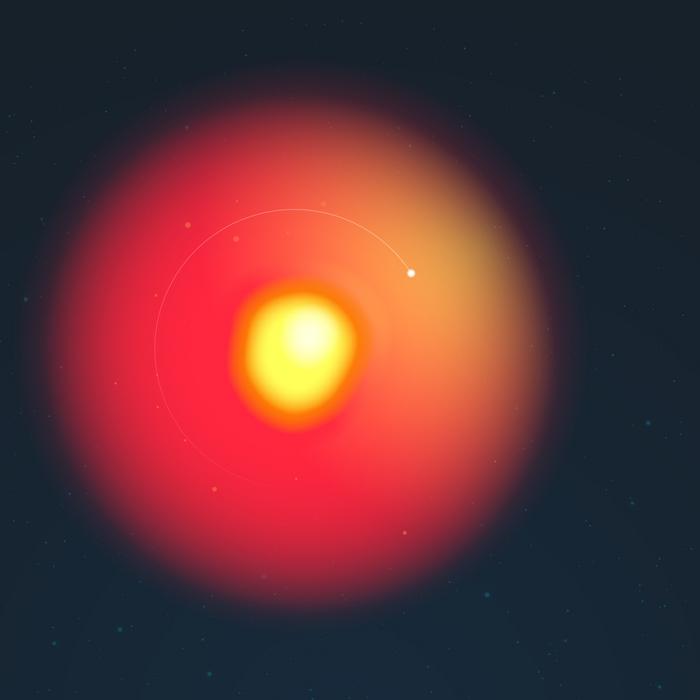

![Albireo (Beta [β] Cygni) is a classic example of a double star with contrasting colors.](https://www.astronomy.com/uploads/2024/08/Albireo.jpg)
